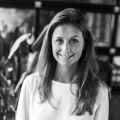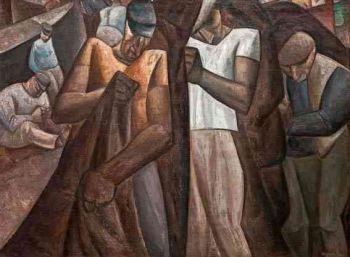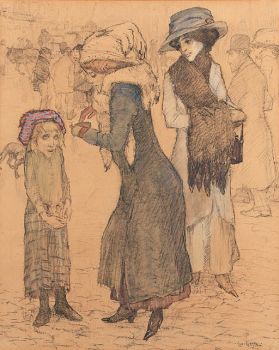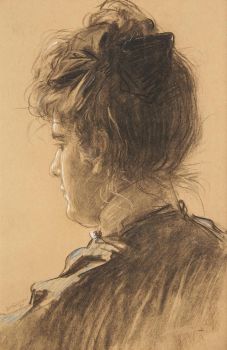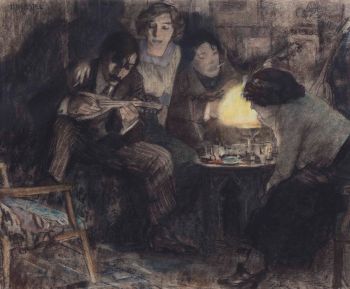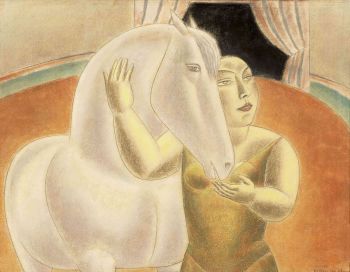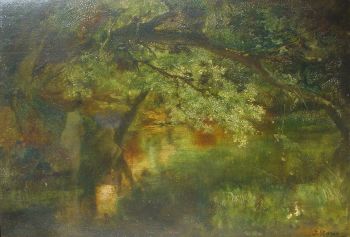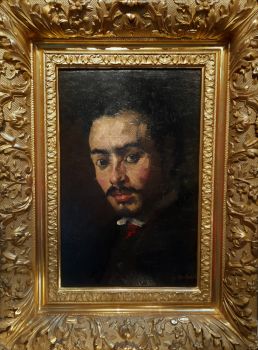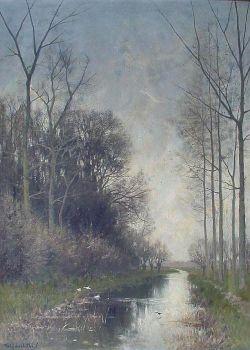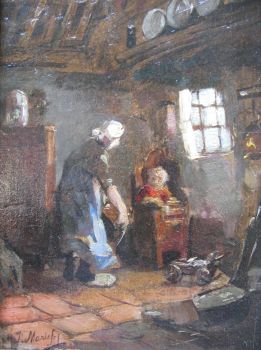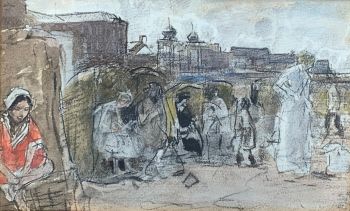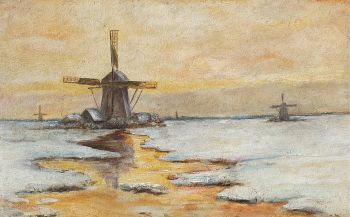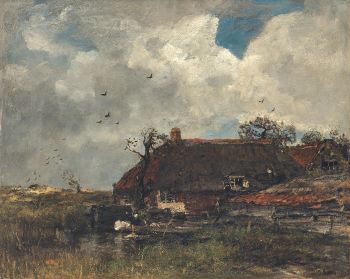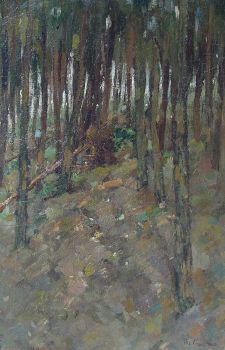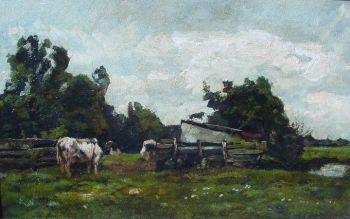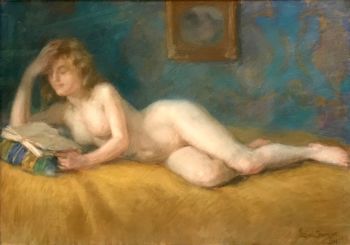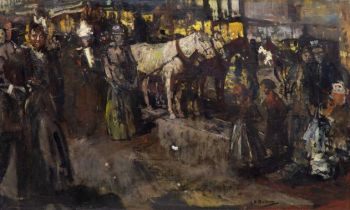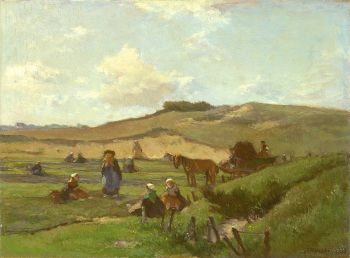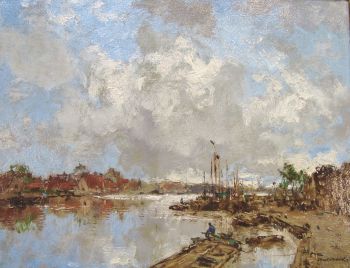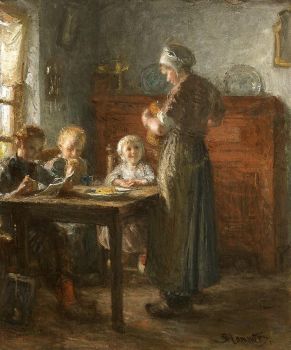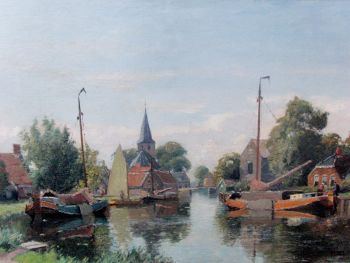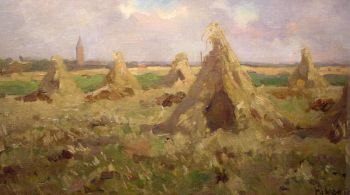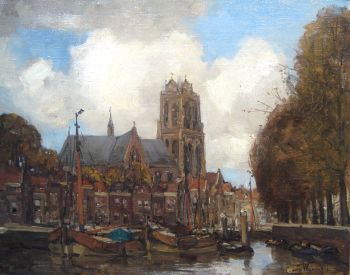Gooi and Vecht at the Heart of Dutch Painting
The Netherlands is famous for its Golden Age painters from Amsterdam and its typical The Hague School scenes, but at the heart of the low lands lies the beautiful Gooi and Vecht region, a longtime breeding ground for some of the country’s most respectable artists, past and present. At the center of this region you will find Flava, an art gallery that pays special attention to these "Gooische" painters, with one artist in particular...
Flava Art Gallery was established in 1991 by Wim and Wouter van Soest, two brothers that grew up in a very artistic household. Their mother came from a family of fervent art collectors and was a painter herself. Wouter followed in his mother’s footsteps, eventually adding the title of conservator to his resume. After observing the business that revolves around the practice of creation, restoration and conservation, Wim decided to take faith into his own hands. He found an empty building in Bussum, in the middle of the Gooi and Vecht region, and decided to open Flava Art Gallery.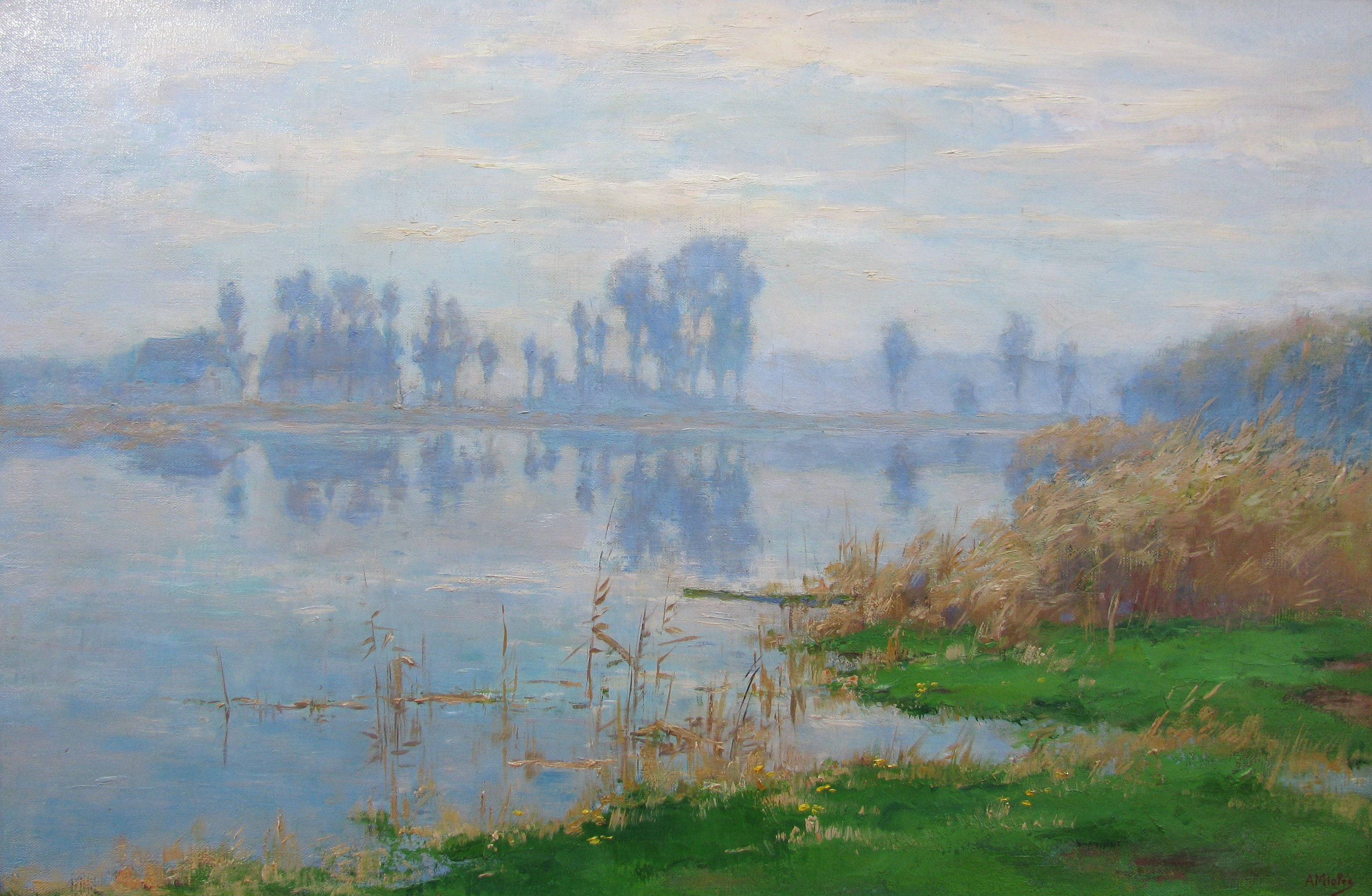
Adrianus Miolée, Foggy sunlight on the Vecht, 40 x 60 cm.
The Larense School
At first, the gallery revolved around Wouter’s paintings and some pieces that the brothers had taken into consignment. As the business grew, they were able to add paintings by artists who lived and worked in the surrounding area to their collection. Aside from contemporary pieces, the collection included paintings by artists from the 'Larense School'. This collective name refers to a group of painters that worked in and around Laren, a picturesque town surrounded by breathtaking landscapes, at the end of the 19th century and beginning of the 20th century. It was “discovered” by the famous Hague School artist Jozef Israëls around 1870, following which celebrated painters such as Anton Mauve, Albert Neuhuys, Jan Weissenbruch and Max Liebermann joined him, giving birth to a respectable art colony. 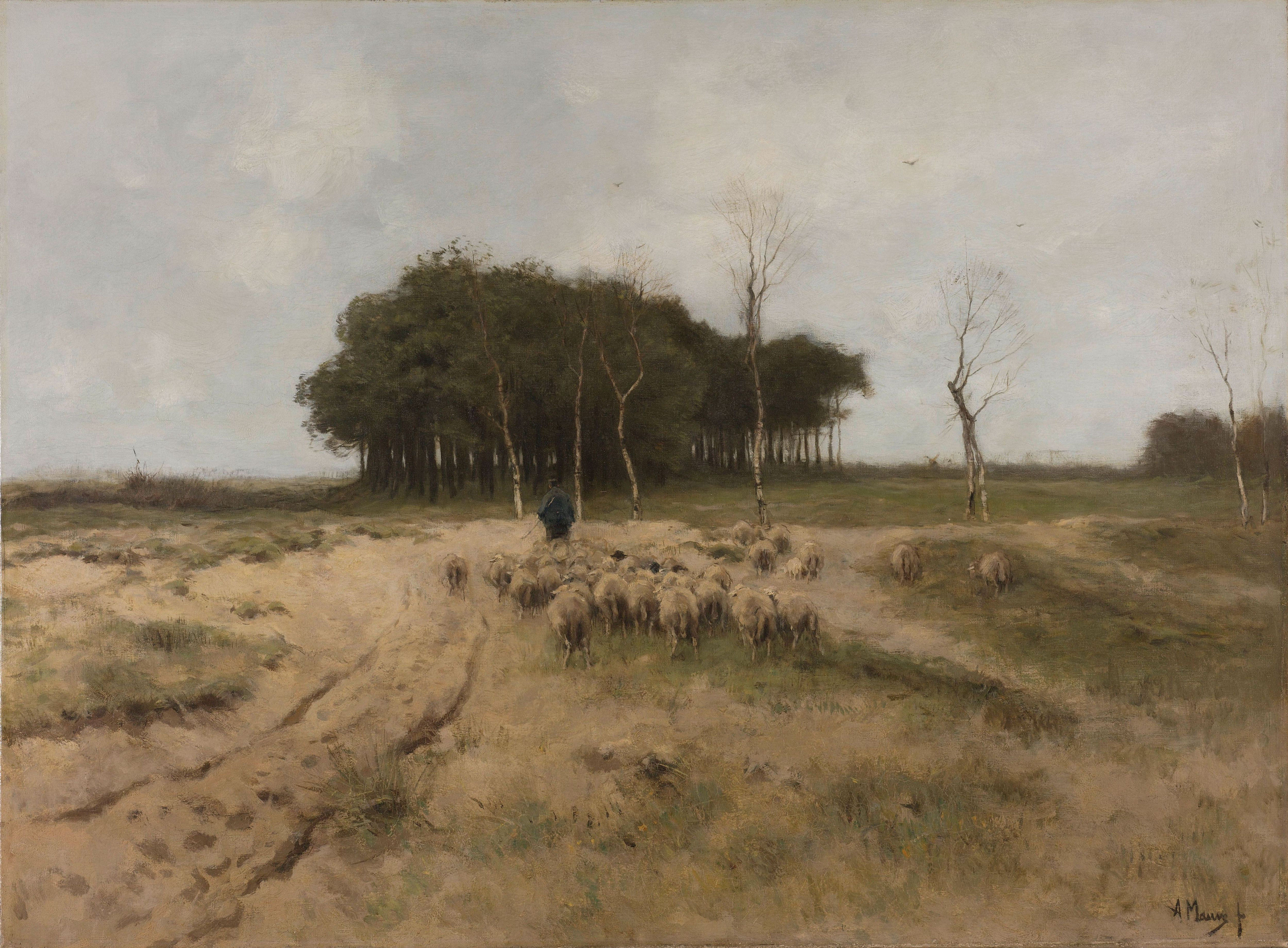
Anton Mauve, Heath at Laren, 1887 (Rijksmuseum Amsterdam).
Whilst this first generation may be described as realist painters, the second generation of the Larense School embraced modernity and started to diverge into more “innovative” styles such as Impressionism. In 1901, the American painter and art collector William Henry Singer, arrived in Laren. He built a villa called 'De Wilde Zwanen' [the wild swans] which included artist studio’s where historical greats such as Jan Sluijters, Leo Gestel and Piet Mondriaan took their art-making to a higher level. After WWII, the villa was transformed into the Singer Museum, which to this day continues to exhibit the work of the Larense School.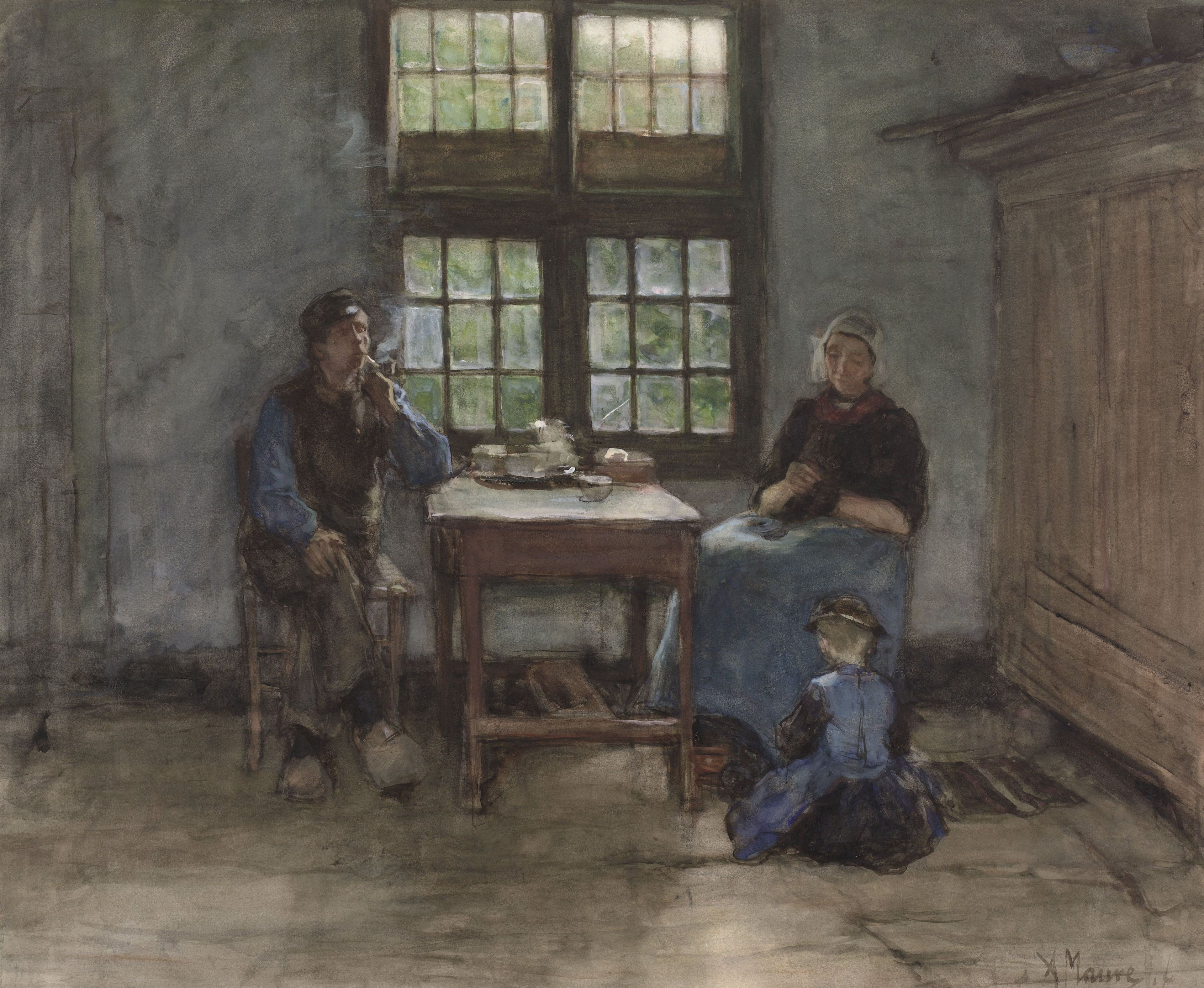
Anton Mauve, Larens Interior (Rijksmuseum Amsterdam).
Dealing in Art
During the 1990’s, dark Larense School interiors were very popular amongst buyers, but that appreciation gradually shifted towards 19th century Dutch romanticism by the end of the decade. As an art dealer, Wim has always been set on meeting the demands of the market, broadening his collection along the way. Nevertheless, Flava Art Gallery handles a strict set of criteria for acquiring new pieces. When he obtains a painting, Wim of course makes sure that it is in good condition, but more importantly, it needs to be original. Especially when it comes to paintings by famous artists with large oeuvres, Wim is critical of subject matter and style, explaining how “nobody wants something average”.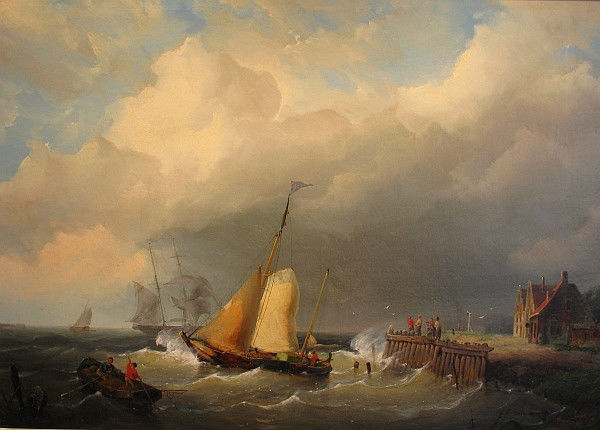
C.C. Dommelshuizen, Seascape, 58.5 x 80 cm.
Restoration Practices
Once the newly acquired pieces arrive at the restoration studio in Hilversum, Wouter concerns himself with restoring the paintings that have been left untended by their previous owners. He started drawing and painting at a very young age, developing a fondness of depicting animals and nature. But when he arrived at the art academy, they tried to convince him to take a less traditional approach. That didn’t sit well with Wouter, so he decided to continue on his own path, combining elements of 19th century Romanticism, Naturalism and Impressionism to develop an authentic style. Characteristic of this style is the way that Wouter alternates in between highly detailed sections and looser brushstrokes, achieving extraordinary effects through light and colour shading. His subject matter on the other hand resembles that of the Gooische painters, which was and continues to be inspired by the beautiful surroundings of the Gooi and Vecht region.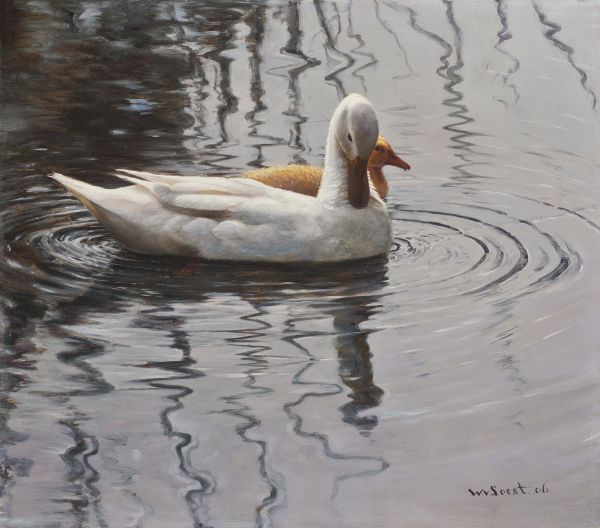
Wouter van Soest, Cleaning Feathers, 50 x 57 cm.
Wouter van Soest the Painter
Wouter’s restoration practice takes up a lot of time, which means that sometimes he doesn’t get to paint as much as he would like to. But when he does enter a creative period, the gallery takes on very few restoration assignments, in order to allow Wouter enough space to work on his own productions. A high level of refinement is central to his oeuvre, something which can only be achieved by using careful and time consuming techniques. Thus, his landscapes and animals become strikingly naturalistic, but always maintain their painterly charm.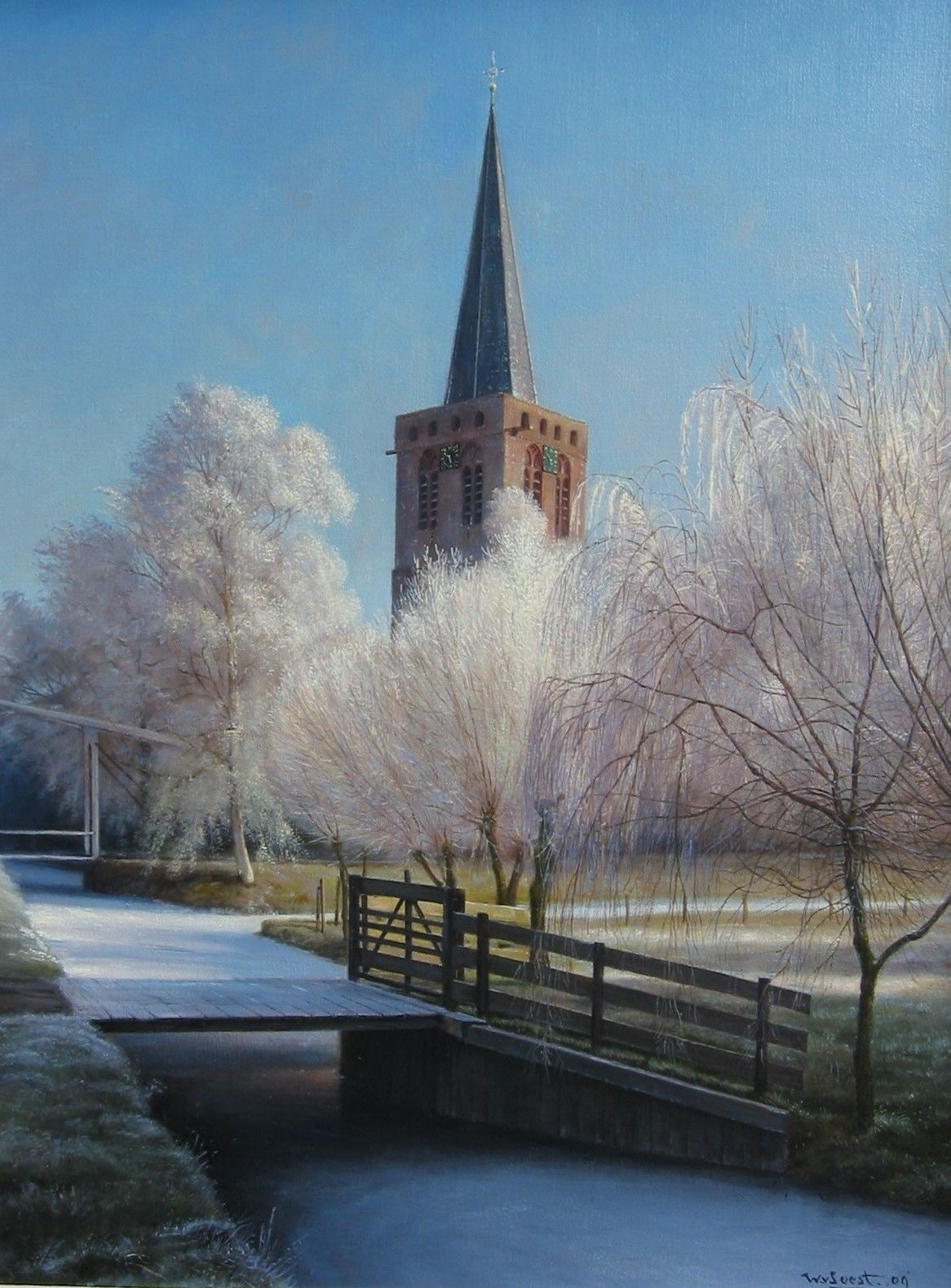
Wouter van Soest, Kortenhoef in Winter, 60 x 45 cm.
At the end of November, Flava Art Gallery will be hosting an open house and giving us an exclusive look into their restoration practices, a subject that every novice art collector should consider looking into. Keep an eye on our social media pages for more information and have look at our online collection at Gallerease!
Header image: Wouter van Soest, Garstenmolen at Nigtevecht, 30 x 40 cm (sold).

